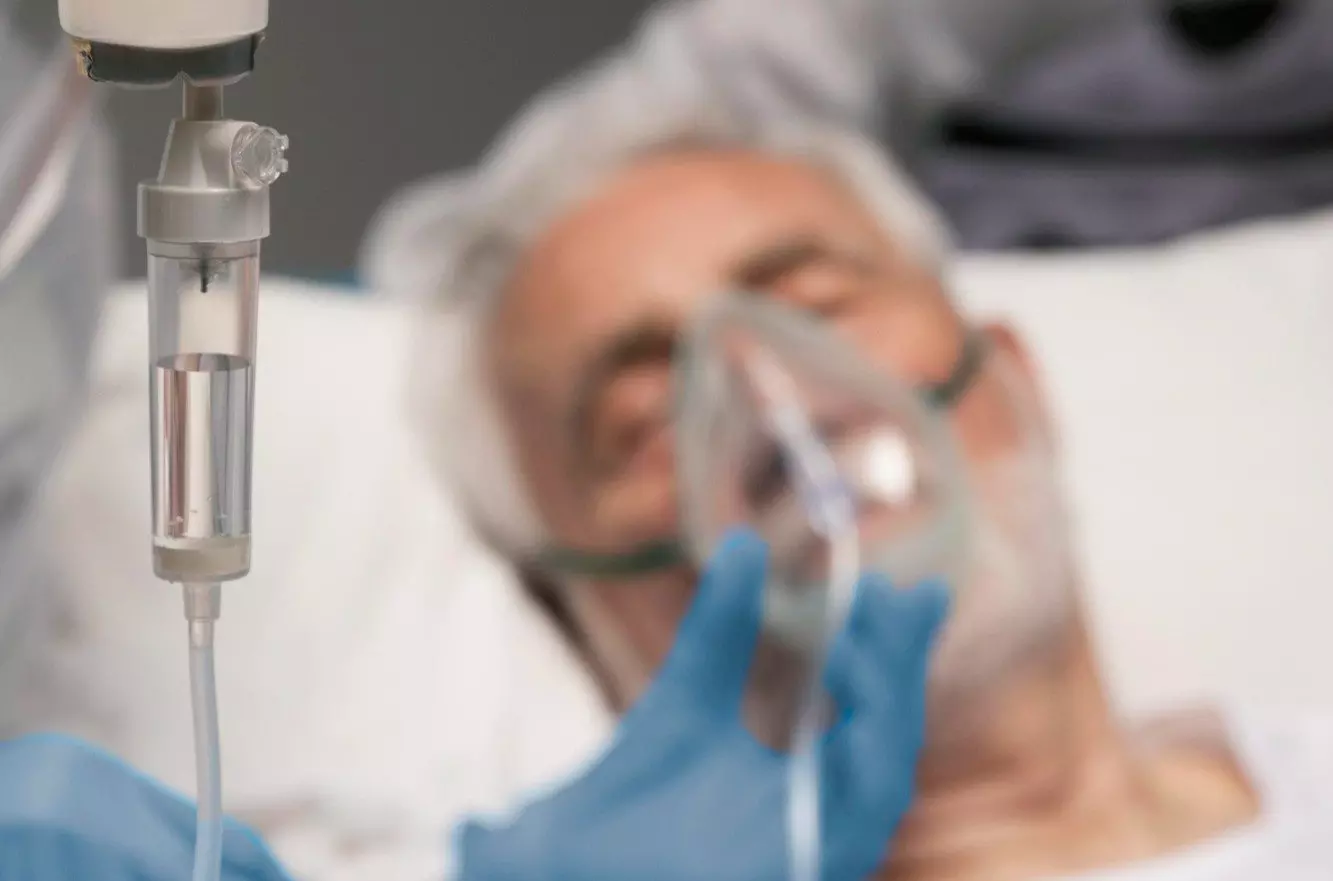
Explained: What’s Guillain-Barre Syndrome? Causes, symptoms, treatment
One person has died and 101 cases of Guillain-Barre Syndrome have been reported in Maharashtra; is GBS treatable? Can it turn into an epidemic or pandemic?

More than 100 cases of suspected Guillain-Barre Syndrome (GBS) have been reported in Maharashtra’s Pune while one person has reportedly died from the condition in Solapur district.
What is Guillain-Barre Syndrome? What causes it? What are its symptoms? Is it treatable? Can it turn into an epidemic or a pandemic? We will try to answer some of these questions.
What is Guillain-Barre Syndrome?
Guillain-Barré syndrome (pronounced gee-lun-buh-ray) is a rare condition in which a person’s immune system attacks the nerves.
GBS can affect the nerves that control muscle movement and those which transmit pain, temperature and touch sensations.
It causes sudden numbness and muscle weakness, with symptoms including severe weakness in the limbs, loss of sensation in the legs and/or arms, loose motions, and problems swallowing or breathing, among others.
Severe GBS cases are rare but can result in near-total paralysis and breathing problems. It is potentially life-threatening. That explains why 16 of the patients in Pune are on ventilator support.
Also read: Why do false claims that vaccines cause autism refuse to die? Here are 9 reasons
What causes Guillain-Barre Syndrome?
According to doctors, bacterial and viral infections generally lead to GBS as they weaken the immunity of patients.
The exact cause of it is not known, but somehow the immune system attacks the body itself. A gastroenteritis infection is one of the most common risk factors for GBS. A bout of influenza or other viral infections, such as Zika virus or COVID, may also lead to GBS.
In some extremely rare case, a vaccination may also increase the risk of GBS. Occasionally, surgery can also trigger GBS.
Who is at risk of getting Guillain-Barre Syndrome?
GBS can affect people of all ages, but it is more common in adult males. Of the 101 GBS cases in Pune, 68 are men and 33 are women.
Types of Guillain-Barre syndrome
GBS can be of several forms. The main ones are:
1. Miller Fisher syndrome (MFS): In this, paralysis starts in the eyes and is often associated with an unsteady walk. This type is more common in Asia.
2. Acute inflammatory demyelinating polyradiculoneuropathy (AIDP): This is more common in North America and Europe. Symptoms include muscle weakness in the legs that spreads upwards.
3. Acute motor axonal neuropathy (AMAN) and acute motor-sensory axonal neuropathy (AMSAN): These types are more common in China, Japan, and Mexico.
Also read: Hyderabad: Scarlet fever cases rise in children, experts warn against delaying treatment
Symptoms of Guillain-Barre Syndrome
The first symptoms of GBS usually include weakness or tingling sensations, like pins and needles in the legs, toes, ankles, arms, fingers, wrists, and face.
Beware if the weakness in the legs start spreading to the upper body, or your walk becomes unsteady and you cannot climb stairs.
For some patients, it can magnify into paralysis of the limbs or facial muscles. They may have trouble with facial movements, including speaking, chewing, or swallowing.
Around a third of the patients suffer a weakness of chest muscles, resulting in breathing problems. Another symptom would be double vision or inability to move the eyes.
Some may feel severe pain that worsens at night. Patients may also have trouble with bladder control or bowel function and they may choke on their own saliva. A rapid heart rate and low or high blood pressure may be other symptoms.
Also read: Is India at risk of HMPV outbreak? ‘Nothing to be alarmed about,’ says health body
Treatment of Guillain-Barre Syndrome
So far, there is no known cure for GBS, and treatment is largely restricted to easing its symptoms and shorten its duration. Therefore, GBS patients should be hospitalized immediately, especially to make sure they can breathe properly.
A GBS patient’s breathing, heartbeat, and blood pressure must be monitored, as the symptoms can worsen quickly. If the person’s ability to breathe is impaired, s/he is usually put on ventilator support in the intensive-care unit. Other complications, such as infections or blood clots, must be watched for.
The acute phase of the condition — usually a week or two after the symptoms appear — is usually treated with immunotherapy, such as plasma exchange to remove antibodies from the blood.
If muscle weakness persists after the acute phase, the patient may need physiotherapy or similar rehabilitation services to strengthen their muscles and restore movement.
Does GBS have a long-term impact?
No, the symptoms usually last a few weeks and most patients recover without long-term, severe neurological impairment.
However, recovery may take up to several years, but most patients can walk within six months of the first symptoms.
Most patients recover fully from even the most severe of GBS cases, but some may continue to experience weakness, numbness, or fatigue.
Also read: Explainer: Russia launches new cancer vaccine; how does it work?
Only a small number of GBS patients die from complications such as paralysis of muscles that control breathing, lung clots, cardiac arrest, or a blood infection.
However, it will not lead to an epidemic or pandemic, say doctors. Remember that the sooner the treatment is started, the better the chance of a complete recovery.

